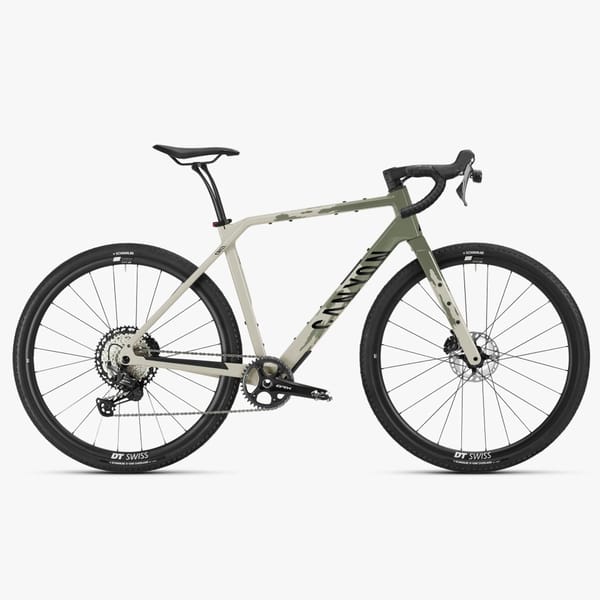How to Fix the Most Common Push-Up Mistakes
Push-ups are a deceptively easy movement. Everyone know thinks they know how to do one, but when asked to perform most people display sloppy form which can reduce the effectiveness of the exercise and in the long run cause injury.
The classic example is the ROTC kid who can bust out 150 of the shittiest push-ups you’ve ever seen and is still built like a shoulders-folded-in twig. If your goal is to simply bust out a bunch of crappy push-ups move on, this article isn’t for you. If you’re interested in getting more strength and muscle out of your push-ups, read on.
A Good Push-Up Starts With Tension
The back of your head, upper back and butt should be in line, or in “neutral” position; and you should have your knees straight and together. Think of your body as a solid rod, your feet as a fulcrum and your chest as the driving force increasing the angle between your body and the floor. Nothing below your shoulders should be moving.
If you let your hips sag, you end up doing some pretty weird stuff with your lower back and shoulders to help cheat the movement. That equates to less chest muscle recruitment and less engagement of the core muscles. Think of your core as the core of your push-up, your core is what helps maintain a good ridgid position so focusing on tightness there is key to getting the most out of the movement. To use your core fully, think about actively contracting your abdominals (I visualize my core as a box, making sure I have all four sides tight), at the same time squeeze your butt.
Stop Thinking About Quantity, Focus On Quality
 There’s no reason to worry about how many push-ups you can do unless you’re enlisting. Instead, focus on making every push-up a quality movement. Full range of motion is first and foremost. Not everyone has the shoulder and wrist mobility to touch their nose at the bottom of a push-up, but if you can you should lower yourself and try to let your chest make or come very close to making contact with the floor. If you have push-up bars you can actually go past that. During the pressing portion of the movement, you should exhale and push forcefully.
There’s no reason to worry about how many push-ups you can do unless you’re enlisting. Instead, focus on making every push-up a quality movement. Full range of motion is first and foremost. Not everyone has the shoulder and wrist mobility to touch their nose at the bottom of a push-up, but if you can you should lower yourself and try to let your chest make or come very close to making contact with the floor. If you have push-up bars you can actually go past that. During the pressing portion of the movement, you should exhale and push forcefully.
At the top of the push-up, imagine that you’re pushing the earth away not your body away from the earth, lengthening your arms without simply rounding your back. You should inhale around the top of the movement, with the goal of pulling air into your upper back. Focusing on moving your body without loosening your back and rounding will help build perfect posture, weakness here though will help create the exact opposite.
When your form is gone your set is over.
Get Your Elbows In Position
 Most people get into the push-up position and immediately take a T shape with their elbows flared straight out to their sides. No, no, no. Elbows flared puts all the stress on your shoulders and reduces recruitment of the muscles were are after; your chest and triceps.
Most people get into the push-up position and immediately take a T shape with their elbows flared straight out to their sides. No, no, no. Elbows flared puts all the stress on your shoulders and reduces recruitment of the muscles were are after; your chest and triceps.
Ideally, your elbows should form a 35 to 45 degree angle, relative to your body. This position increases your pushing force and works more muscles with less stress on your joints. Keep your elbows above your wrists and focus on making an arrow with your body; body and legs make the straight line, arms form the sides of the arrow.
Pay Attention To Your Hands
For most people, the biggest mistake they make during setup is that they point their hands towards each other. Your hand placement changes your elbow position and how the joint tracks, hands pointed at each other makes the elbows flare out more. Keep your fingers pointed forward and imagine pushing the floor apart through the movement in addition to pushing it away. This will help keep your elbows tracking closer to your sides.





